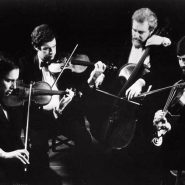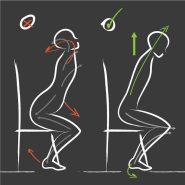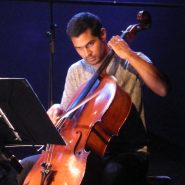Tag: sound production
4:07
5:31
By Tim Janof September 8, 2020
By Gregory Beaver January 29, 2018
By Selma Gokcen March 4, 2013
Subjects Playing Healthy
By Jonathan Pegis December 11, 2012
Subjects Orchestra, Repertoire
Tags attention to detail, Beethoven, Beethoven Symphonies, Beethoven's 5th Symphony, bow control, bow technique, cello, cello excerpt, cellobello, continuous vibrato, details, dynamics, Excerpts, intonation, Jonathan, legato, melody, musicality, Pegis, phrasing, practice tips, Preparation, Rhythm, shifting, singing, Sound, sound production, technical challenges, tempo, vibrato
By Selma Gokcen May 7, 2012
Subjects Playing Healthy
By Brant Taylor March 21, 2012
Subjects Practicing
By Selma Gokcen November 3, 2011
Subjects Playing Healthy
By Selma Gokcen July 9, 2011
Subjects Playing Healthy
By Yeesun Kim June 6, 2011
Subjects Artistic Vision
By Melissa Kraut April 11, 2011
Subjects Auditions
Tags articulation, Auditions, bow, bow speed, career, cello, cellobello, clarity, commitment, Concerto, connection, Development, Experience, expression, imagination, intentions, intonation, knowledge, Kraut, Melissa, musicianship, passion, possibility, potential, quality, reflection, skill, sound production, Strings Magazine, students, success, suggestions, Technique, tone, vibrato
By Jeffrey Zeigler December 1, 2010
Subjects Technology














